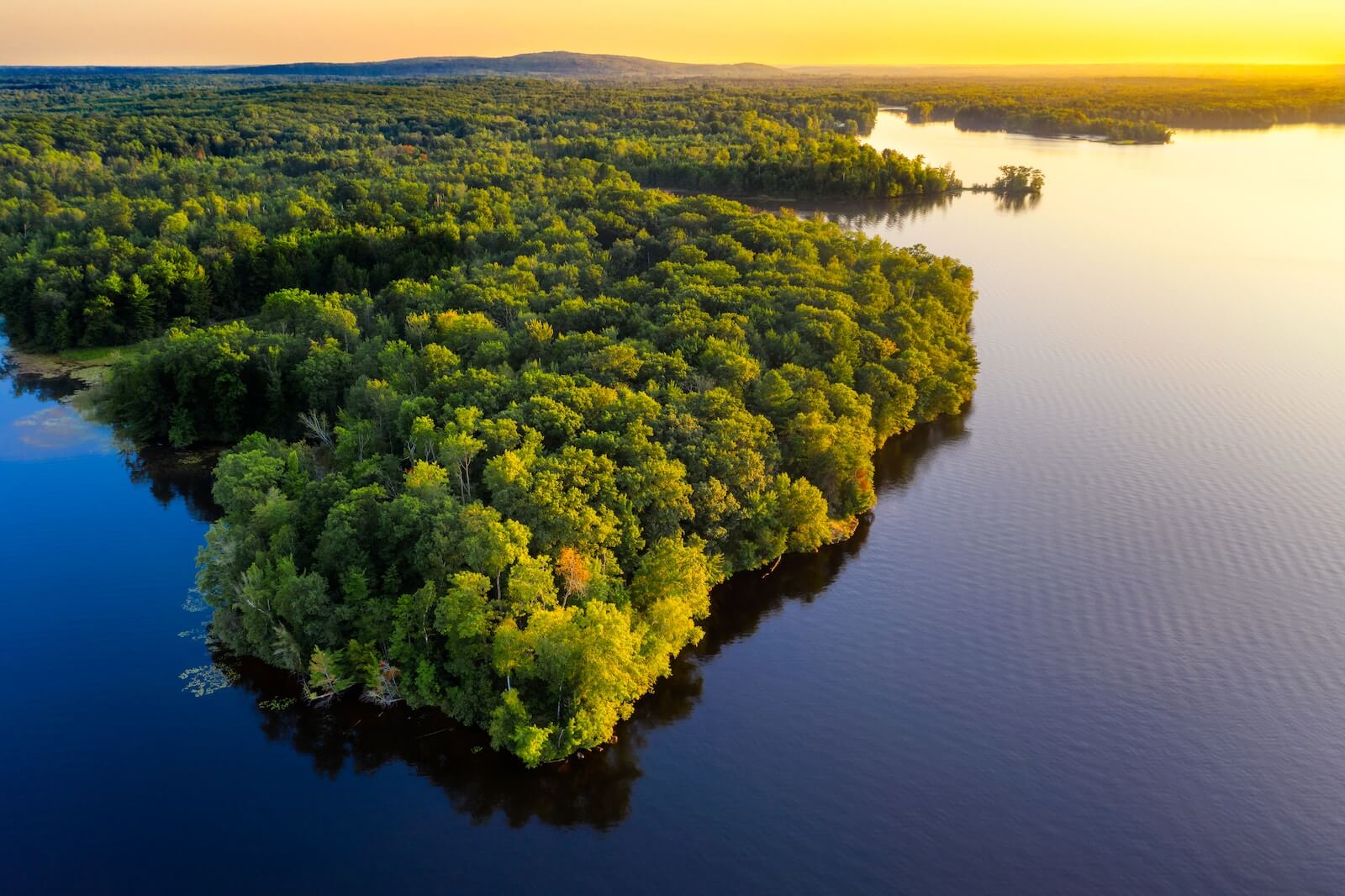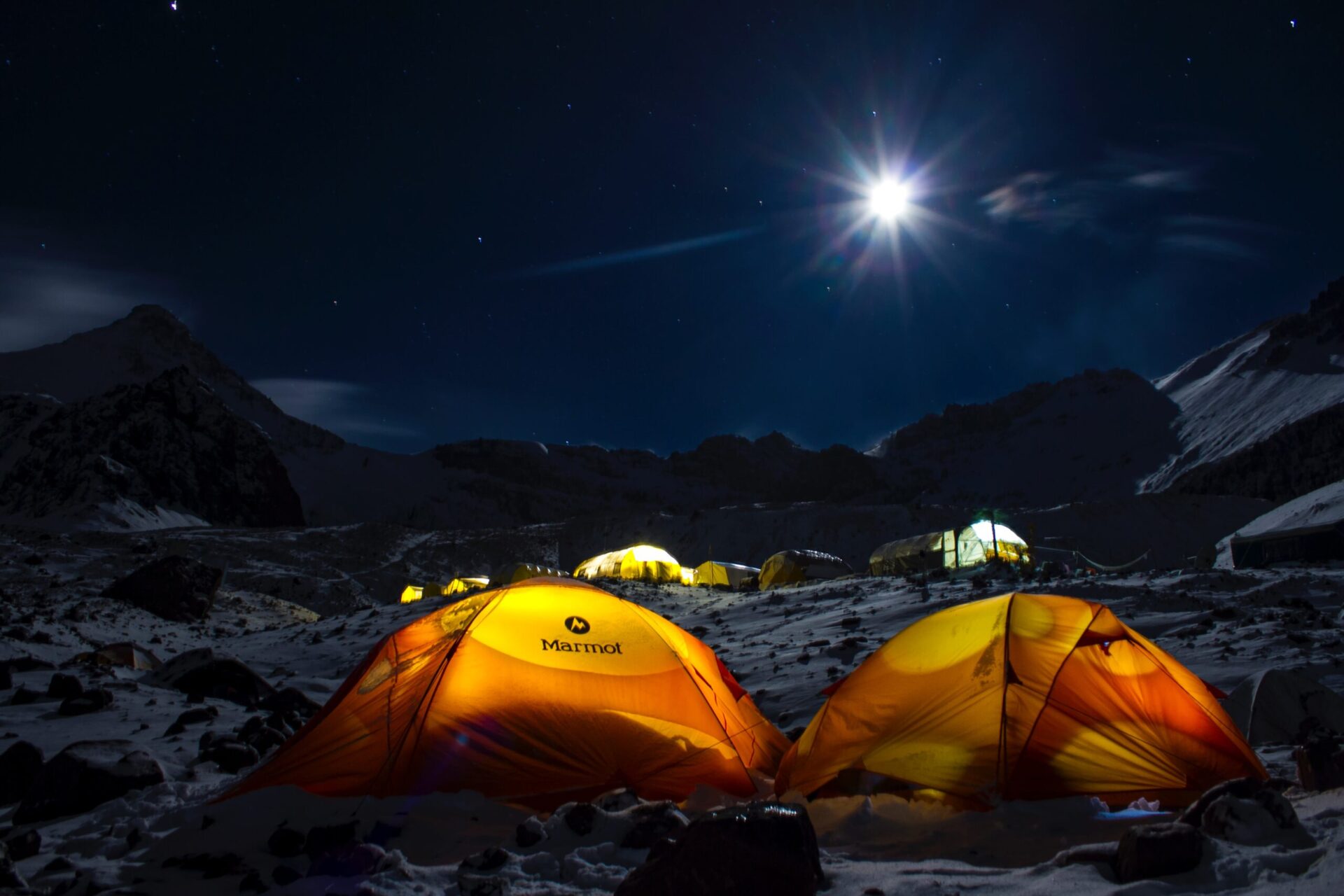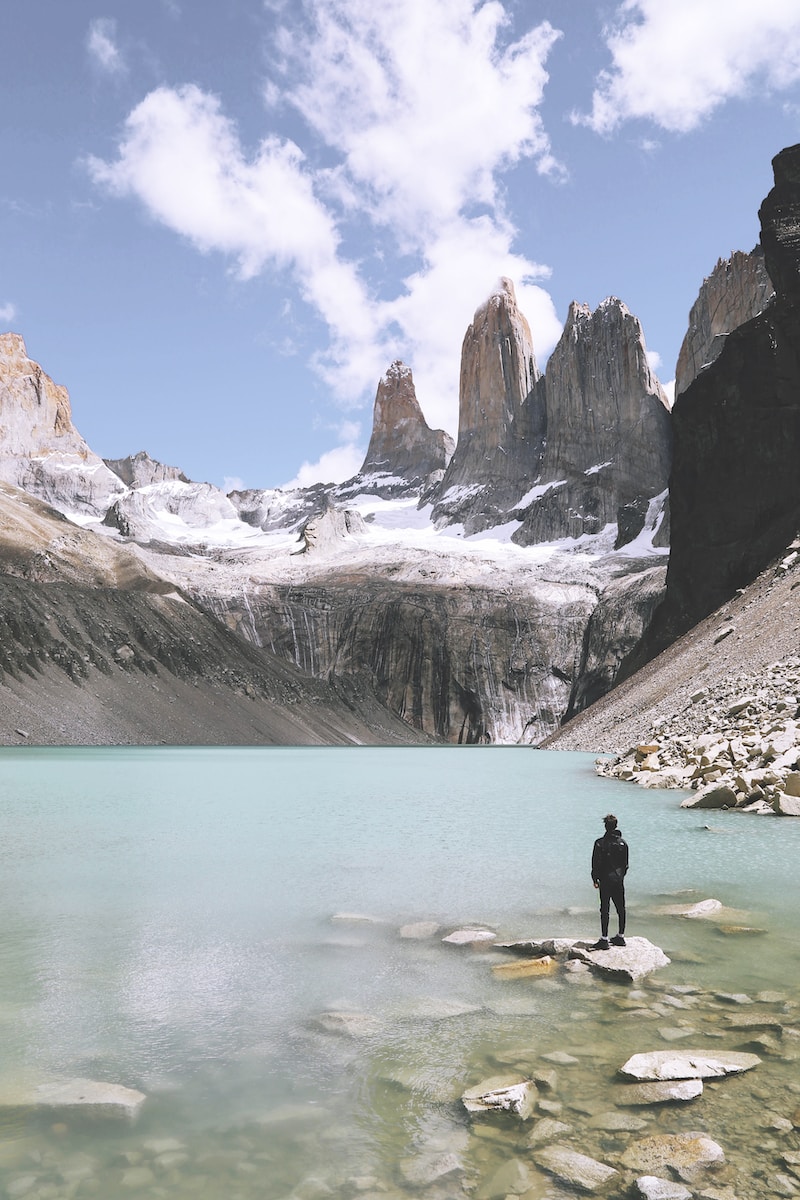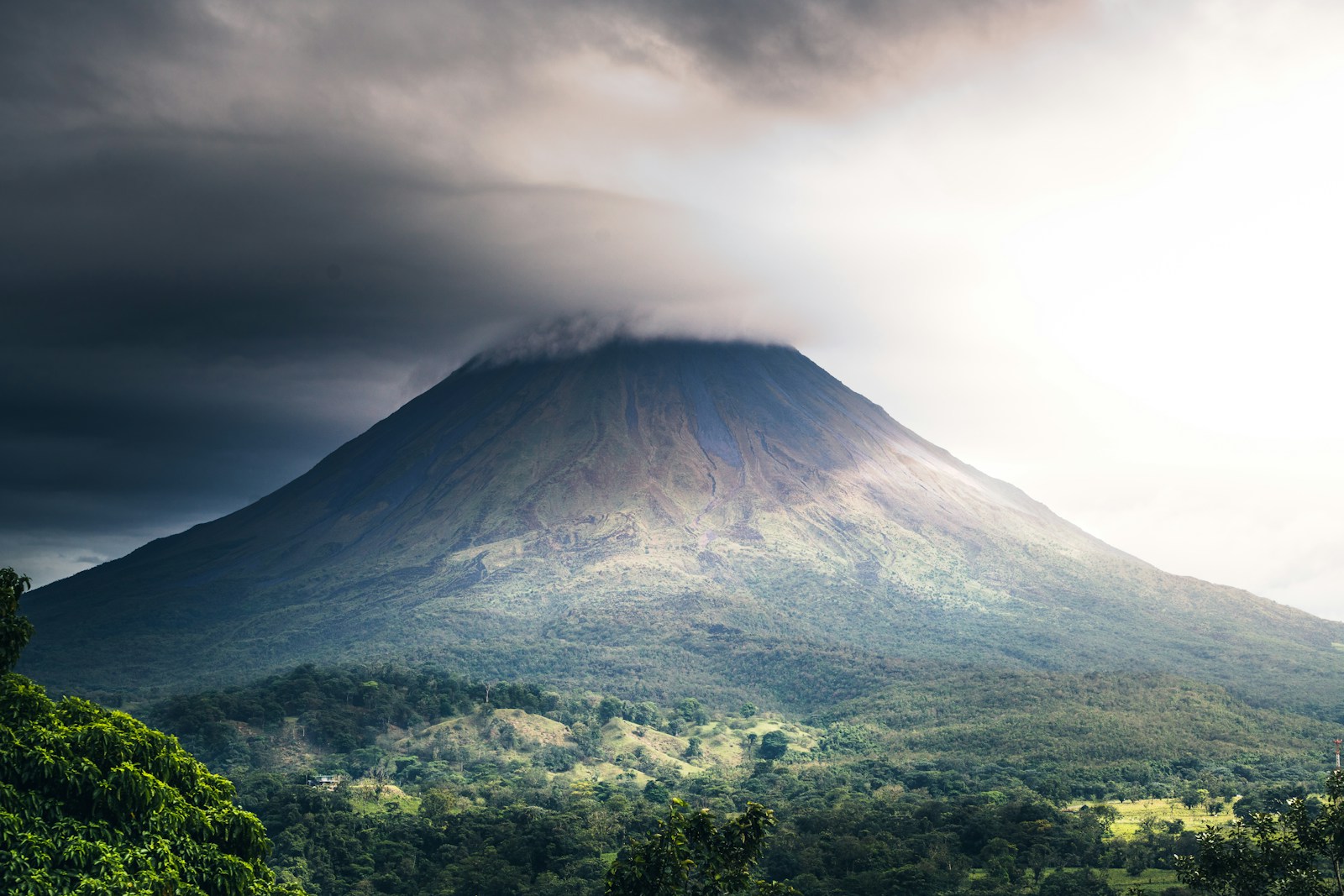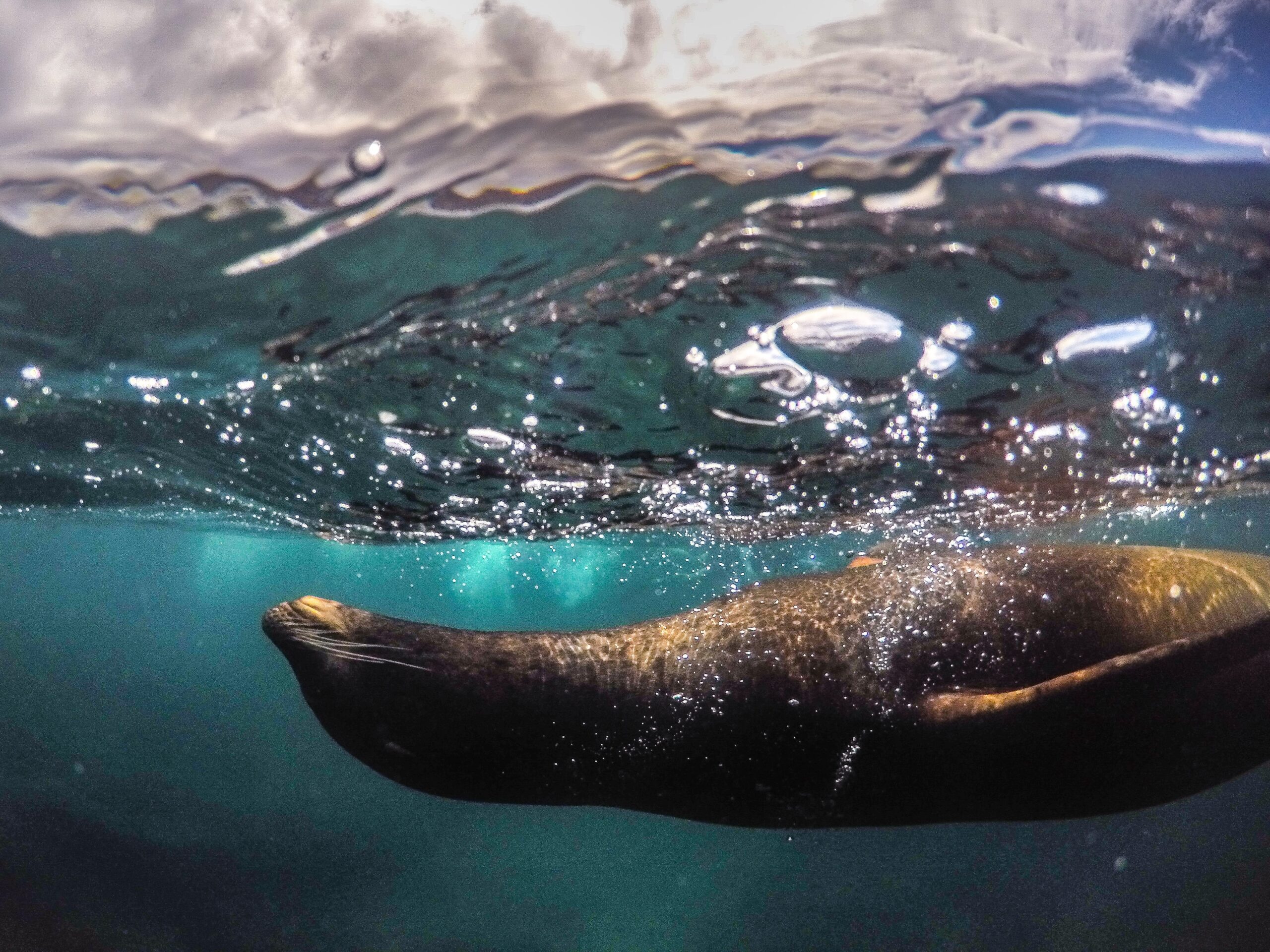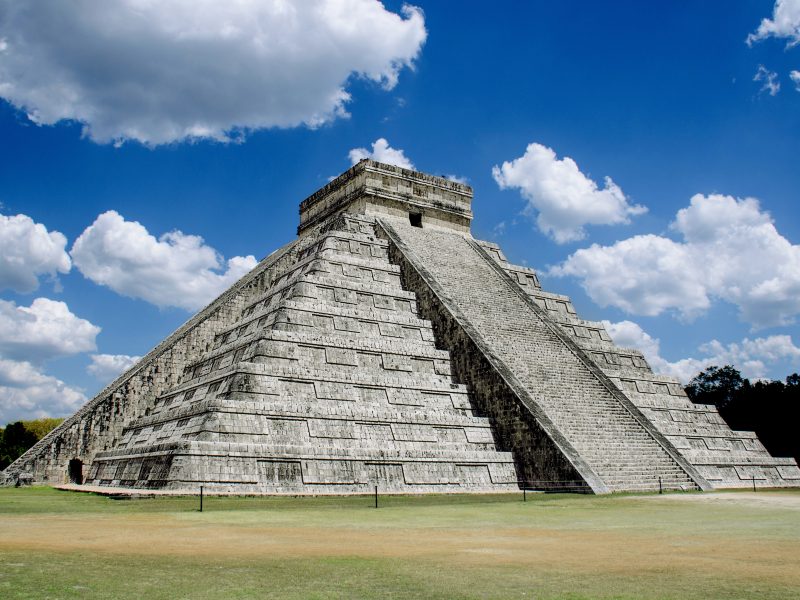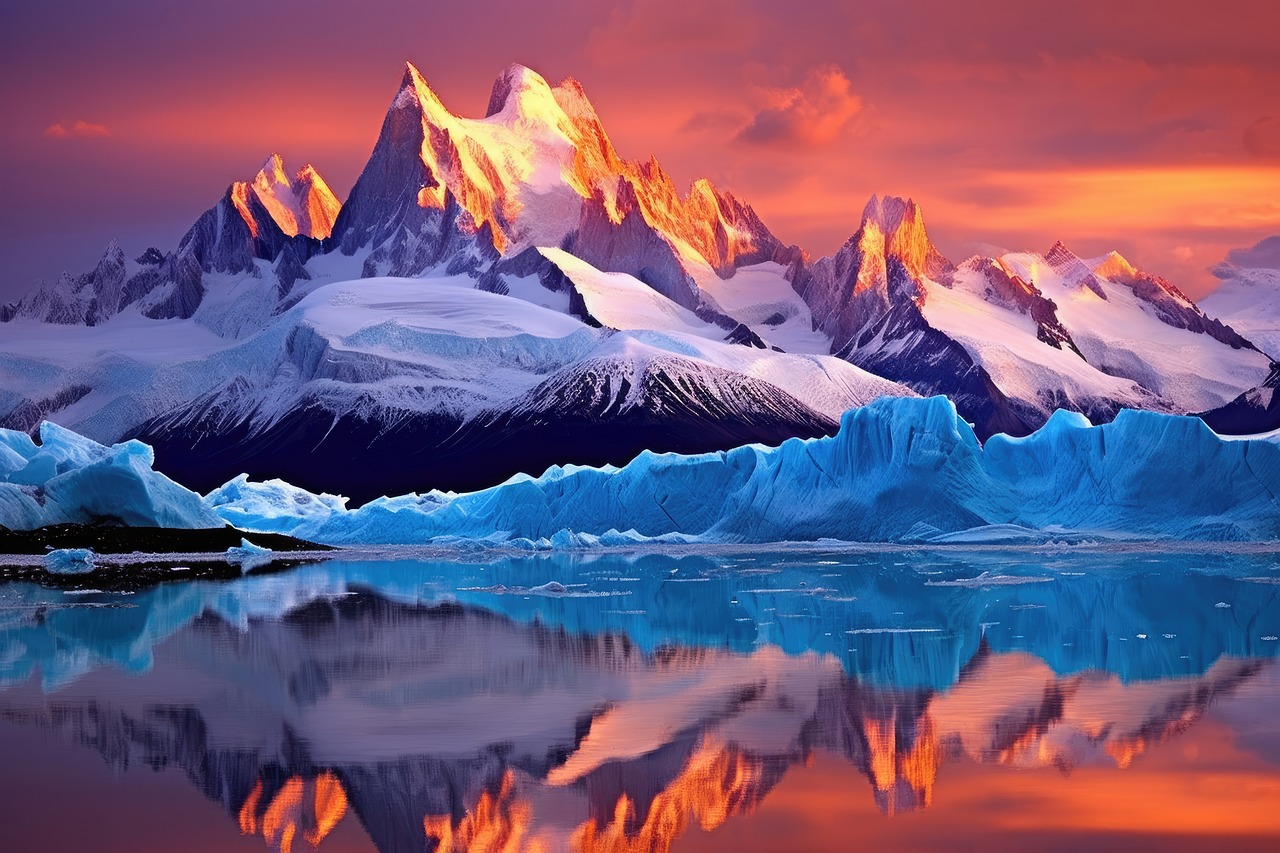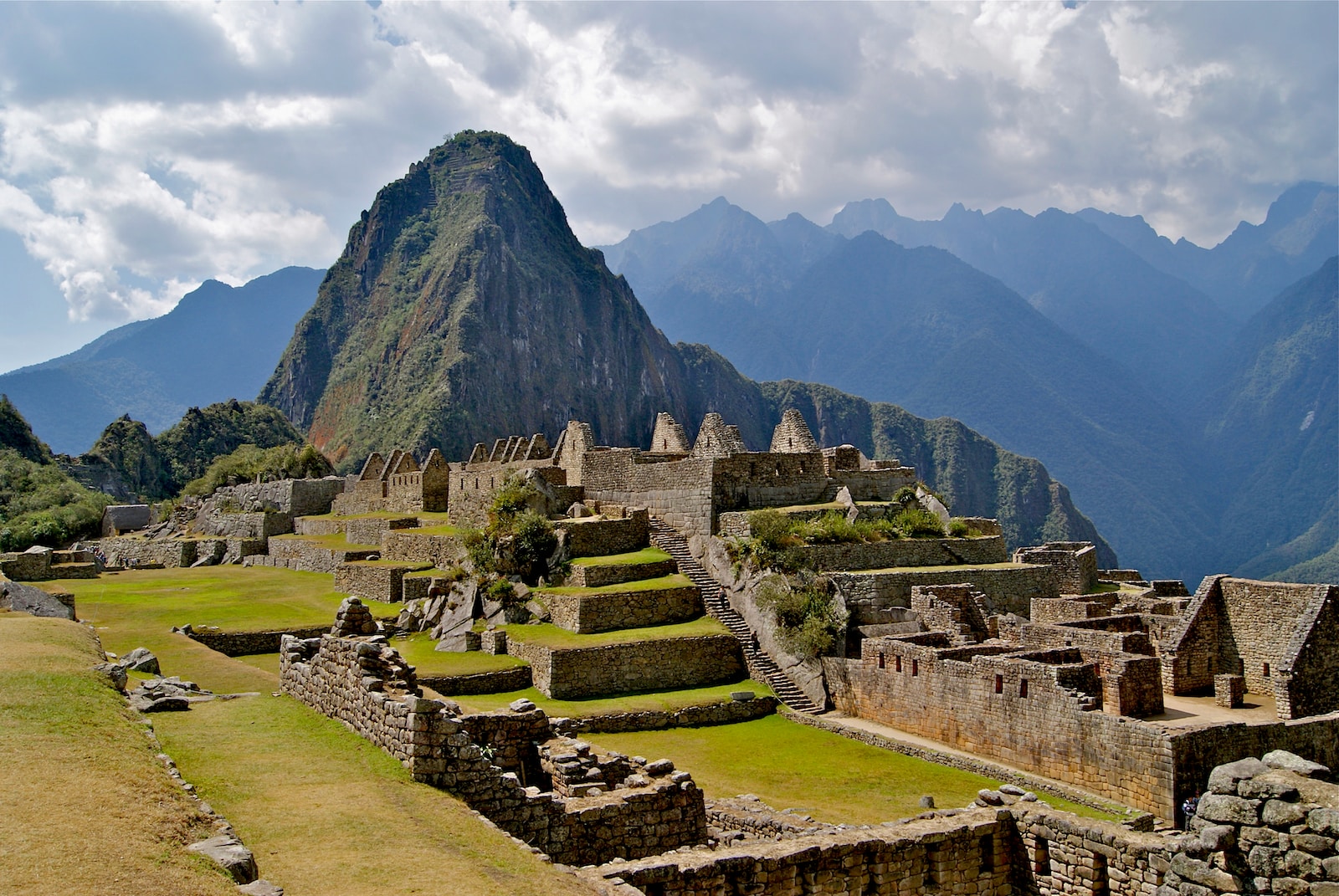About Chile
Chile is one of the most naturally and culturally diverse places in the world, stretching 2,500 miles across Andean peaks, dramatic coastline, and the otherworldly Atacama Desert. Along the way, you’ll find award-winning wineries in the Colchagua Valley and the bohemian enclave of Valparaiso—not to mention Santiago de Chile, one of South America’s most dynamic cities.
When is the best time to visit?
Visit during Chile’s spring in September, October, or November to see the country come alive with color or during their fall, which happens March through May. Many attractions are closed during their winter season in July and August.
Where to go in Chile?
Stargaze in the Southern Hemisphere’s clearest skies, ski or snowboard in the Andes, explore the iconic statues of Easter Island, explore the colorful streets of Valparaiso, watch the sunset over the dunes of the Atacama Desert, and soak in the deeply azure fjords where the mountains drop dramatically straight to the water.
How many days will I need?
Travelers should really take their time and try not to rush through Chile. 10 days might even feel like too few, so if possible at least 2 weeks is best.
Getting Around in Chile
Chile is nearly 3,000 miles long, and most travelers use a combination of domestic flights and road transfers to maximize their time in the country. Fly between regions using major transport hubs (like Santiago and Atacama, for example), and then drive within any region you’d like to explore.
Peak season in Torres del Paine
September to November
AVERAGE TEMPERATURE IS11°C (52°F)
Spring is an excellent time to visit Torres del Paine because it allows you to witness vibrant colors and contrasts, with sunny days and less wind. The majority of the Patagonia flora is starting to bloom, the animals are becoming more active as they are entering their breeding season, and fewer people are walking the trails.
Weather in Torres del Paine during Spring: Low of 3°C (37°F) and a high of 15°C (59°F).
December to March
AVERAGE TEMPERATURE IS11°C (52°F)
Summer is high season in Torres de Paine and the Park is filled with energy and excitement. Flora and fauna are abundant, mingling and blending naturally with the landscape of the Paine Massif and its colors.
Weather in Torres del Paine during Summer: Low of 1°C (33°F) and a high of 23°C (73°F)
Recommended list of equipment to help with your Trek Planning – Trek Ideas
- Your Original Passport will be required for your trip, take a photocopy with you when you are out and about.
- Insurance We strongly recommend you take out travel insurance and/or adventure insurance
- A light day pack with a change of clothes for the whole period of the trek – prepare for a range of changes in temperature & climate
- Rain wear (Jacket and pants if available) or rain poncho.
- Strong footwear and waterproof trekking boots are recommended with a strong sole and good ankle support. Extra socks are a must (woolly trekking socks).
- Sandals or plastic slip-on thongs are also good to give your feet a chance to breathe in the evenings if you wish to carry them.
- Warm clothes, including jacket, fleeces, gloves, scarf, and beanie/touk. Thermal clothing is also recommended, especially for sleeping.
- Head Torch/ Flashlight and spare batteries
- Camera, films, and batteries (batteries consume energy more quickly under cold conditions)
- Hat or cap to protect you from the sun, rain, and cold
- Sunblock
- After-sun cream or hydrating cream for face and body
- Insect repellent – minimum recommended 20% DEET – although no malaria risk has been reported
- Snacks: biscuits, energy bars, chocolate, raw fruits, muesli, etc. (Available on our treks but may you like your own supply also)
- Non-disposable canteen (Nalgene type) and water for the first morning. We advise you to bring water sterilizing tablets in case you collect water from streams.
- Your own medical kit with any special medications that you might require, paracetamol, etc.
- Small towel or sarong
- Bathers/swimsuit (if you intend on swimming in hot springs)
- Cash – sufficient for your final meal in Aguas Calientes, tips, and souvenirs.
- Walking poles.
- Binoculars (if you have them)
PDF Visual of recommended Trek Gear
Recommended Luggage Size for your trip
Every time you fly with us you can take a small bag or backpack (45-50L max size) in the cabin, regardless of the fare purchased. The maximum measurements of your personal item are 45 x 35 x 20 cm (height x length x width), including pockets, wheels, handles, etc. (17.8 x 13.8 x 7.9 in).
In addition, if you would like larger luggage we can upgrade the service to a Promo, Light, Plus, or Top fare, you can carry hand luggage that is stored in the upper compartment of the plane.
The maximum weight is 10 kg (22 lb) if you travel in the Economy cabin, and 16 kg (35 lb) if you travel in the Premium Economy or Premium Business cabin.
The maximum measurements of your additional item are 55 x 35 x 25 cm (height x length x width), including pockets, wheels, handle, etc. (22 x 13.8 x 10 in)
There is an additional charge for this of $20-$30 USD, per person, per flight (depending on the airline)
During your trek, we advise you to store your excess luggage at your hotel in Puerto Natales – hotels, and hostels should provide you with luggage storage as a courtesy service as part of your stay with them. There is also a luggage storage service at the bus station.
• At your pre-trek briefing you will be briefed the evening before your departure. Depending on the logistics of the route, a porter will carry your sleeping bag if you require it and if you will be camping.
- Most people carry their own day pack with up to 5kg of their things as part of their trek planning – a change of clothes and wet weather gear, etc. However, if you think that you will have a lot of luggage and you want a very light day pack (eg. just a camera, sunscreen, and water) then it’s advisable that you hire an extra porter.
Recommended Accommodation Options in Chilean Patagonia.
• Punta Arenas
o http://www.ilaiapatagonia.com/index_eng.php
o https://www.yegualoca.com/es/index.html
o https://hospedaje-magallanes.com/
o https://www.hostelkeoken.cl/productos/
• Puerto Natales
o https://sheuenpatagonia.com/
o https://www.simplepatagonia.cl/habitaciones-hotel/
o https://www.hotelcostaustralis.com/
o https://www.hotelnatalino.com/
Recommended list of equipment to help with your Expedition Planning
- Thick down puffer jacket plus a rainjacket or waterproof poncho
- Thermal underwear x2, tops & bottoms
- Layers type sweat t-shirts, underlay fleeces etc.
- Trek pants type that zip off at knee & thicker mountain trousers with a fleece liner
- Gloves both liners & outers
- Thick Woolly Hat, we will give you a polar fleece snood when you arrive, which you can use around your neck and mouth also.
- Thick socks for trekking in & also a pair for sleeping in
- Very good UV sunglasses, type that wrap around or block UV rays from the side
- Strongest factor sunscreen & a good lip balm
- Camelbak (1.5l) and neoprene bottle (1l), no more than about 2.5l per day
- Good sun cap with neck protection
- Good Camera with powerful lens
- Comfortable, used Trekking boots & Mountain boots apart, & a pair of sandals
- Bathing suit (for hot-springs at the end)
- Head Torch/ Flashlight and spare batteries
- After-sun cream or hydrating cream for face and body
- Snacks: biscuits, energy bars, chocolate, raw fruits, muesli, etc. (Available on our expeditions but may you like your own supply also)
- Related climbing equipment, Crampons, Helmet, Iceaxe, Harness, Walking Pole (All available for hire or to be included as part of your expedition plan)
For the duration of the expedition we advise you to store your excess luggage at your hotel in Cusco – hotels and hostels should provide you with luggage storage as a courtesy service as part of your stay with them.
• At your pre-expedition briefing you will be provided with a small duffel bag to pack clothes required for the trek. Please limit your luggage in this duffel bag to 7kg (15lbs) each person. The mules will carry these bags together with the food and equipment for the trail. The duffel bags are waterproof but it is still advisable to put your things inside a plastic bag within the duffel bag. The approximate dimensions are 60cm by 30cm.
Most people carry their own day pack with up to 5kg of their things as part of their trek planning – a change of clothes and wet weather gear etc. However, if you think that you will have much luggage and you want a very light day pack (eg. just camera, sunscreen and water) then its advisable that you hire an extra mule. Please note that you will not have access to these items until the end of each day as the muleteers travel at a different pace than the group.
Your sleeping bag is always included in your duffel bag, so allow approx 2 kg of weight. This still gives you 5kg of things, which is more than adequate for a hike of several days.
At the end of your trip, please leave your duffel bag in the reception of your hotel. We will come to collect it.
What to be aware of when you’re planning to head into the Andes
One discomfort often faced by travellers in Peru is altitude sickness, locally known as soroche. Typically occurring at elevations above 8,000 feet, altitude sickness is common at the country’s popular inland destinations including Machu Picchu, and can affect any traveler, regardless of physical fitness. Symptoms include headache, nausea, and lethargy, among others.
It’s recommended to bring Diamox tablets with you in case you react strongly to changes in elevation—but know that if you do become ill, your guides, hotel staff, and other locals are extremely well-versed in knowing the signs and caring for travelers with altitude sickness. Taking extra time to acclimatize, getting lots of rest and water, and consuming coca tea and leaves should help.
For treks or climbs above 4,000m we recommend you arrive at least 2 days prior to departure to acclimatise fully before any physical exertion. When planning to arrive in Cusco, it’s often a good idea to stay in the Sacred Valley which is 1,000m lower than Cusco and this helps greatly with the altitude acclimatisation if you’re not used to being at altitude.
For other medical needs, we have our own on-call nurse who will be part of your high-altitude expeditions. It is highly recommended that you invest in travel insurance for emergency and evacuation coverage, especially if you are planning a more active adventure in remote areas.
